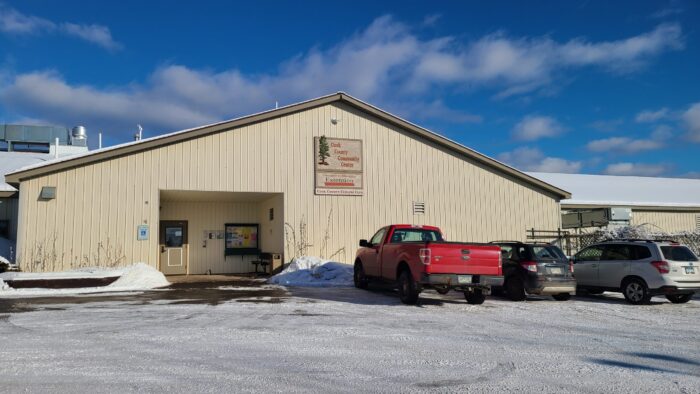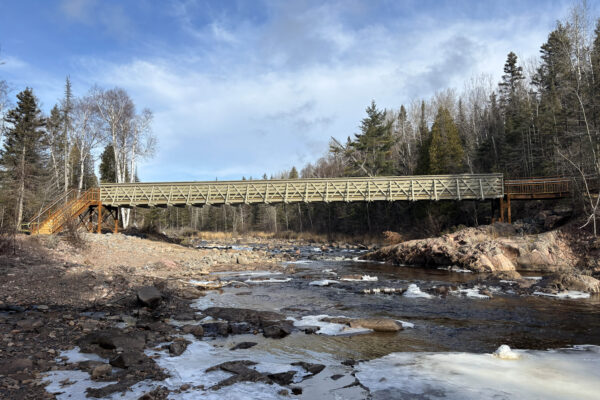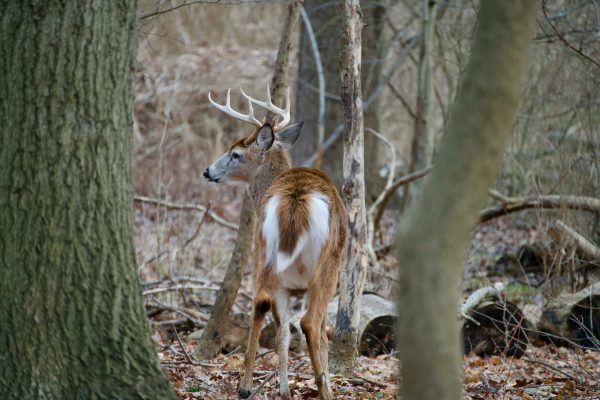U of M educators release guide on fighting budworm outbreak
2025 marks the fifth year of the current budworm outbreak across northeastern Minnesota. In 2024, over 700,000 acres of trees were defoliated in the state due to the current outbreak, the largest amount since the 1950s.
Waves of budworm outbreaks have occurred throughout Minnesota over the decades as the native insect populations have outpaced predators and diseases, historically lasting between 8 and 10 years.
“The outbreak that we’re experiencing in Cook County started happening in 2020 and has increased in the intervening years, but it’s part of a longer, larger-scale outbreak that’s been going on in northeastern Minnesota,” Sarah Waddle, extension educator from the University of Minnesota, told WTIP. “And basically the budworm is sort of following its food source around Northeastern Minnesota and eating its way through the spruce and balsam fir trees that are here.”
The budworm eats the new foliage of spruce trees, but the balsam fir is most susceptible to the insect’s impact. The abundance of the feeding insect leads to defoliation, and while trees can withstand light defoliation (less than 30 percent of new needles), larger amounts of defoliation over the years cause the tree to die. Stressors like dehydration and other factors can affect a tree’s ability to survive budworm outbreaks.
There is a heightened risk of wildfires in the time following a budworm outbreak, as dead balsam fir trees can help fires spread. Fire suppression has led to an increase in balsam fir.
“It’s just it’s a more serious situation than it might have been if there was more diversity in the forest to begin with,” Waddle said. “But once those trees have fallen and are in contact with the soil and are decomposing. The chance of wildfire over a longer time horizon actually lowers as a result of budworm because they’re doing some of that work, kind of clearing out those really fire, you know, wildfire increasing species when they’re dead.”
The size of the outbreak and the dangers presented led Waddle and her colleague, Anna Stockstad, to write a guide for landowners on combating the outbreak. The guide provides suggestions for keeping trees healthy and diversifying the mix of trees for those with woodlands on properties with larger acreage.
The guide can be picked up in hard copy at the Cook County Community Center or accessed online.
WTIP spoke with Sarah Waddle about the budworm outbreak, the insect itself, and ways to help with the outbreak. You can find the audio of that conversation below.














